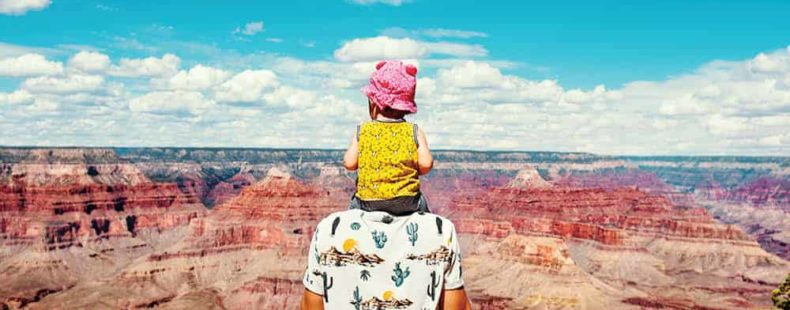The United States has landscapes ranging from majestic mountains to sweeping valleys, from otherworldly deserts to glistening glaciers.
The first national park was Yellowstone, established in 1872. Since then, the number has grown to 60 official national parks from Arches to the Everglades.
What’s more, all the parks bear names that tell their great stories. Here are 10 national parks and what their names say about them.






















